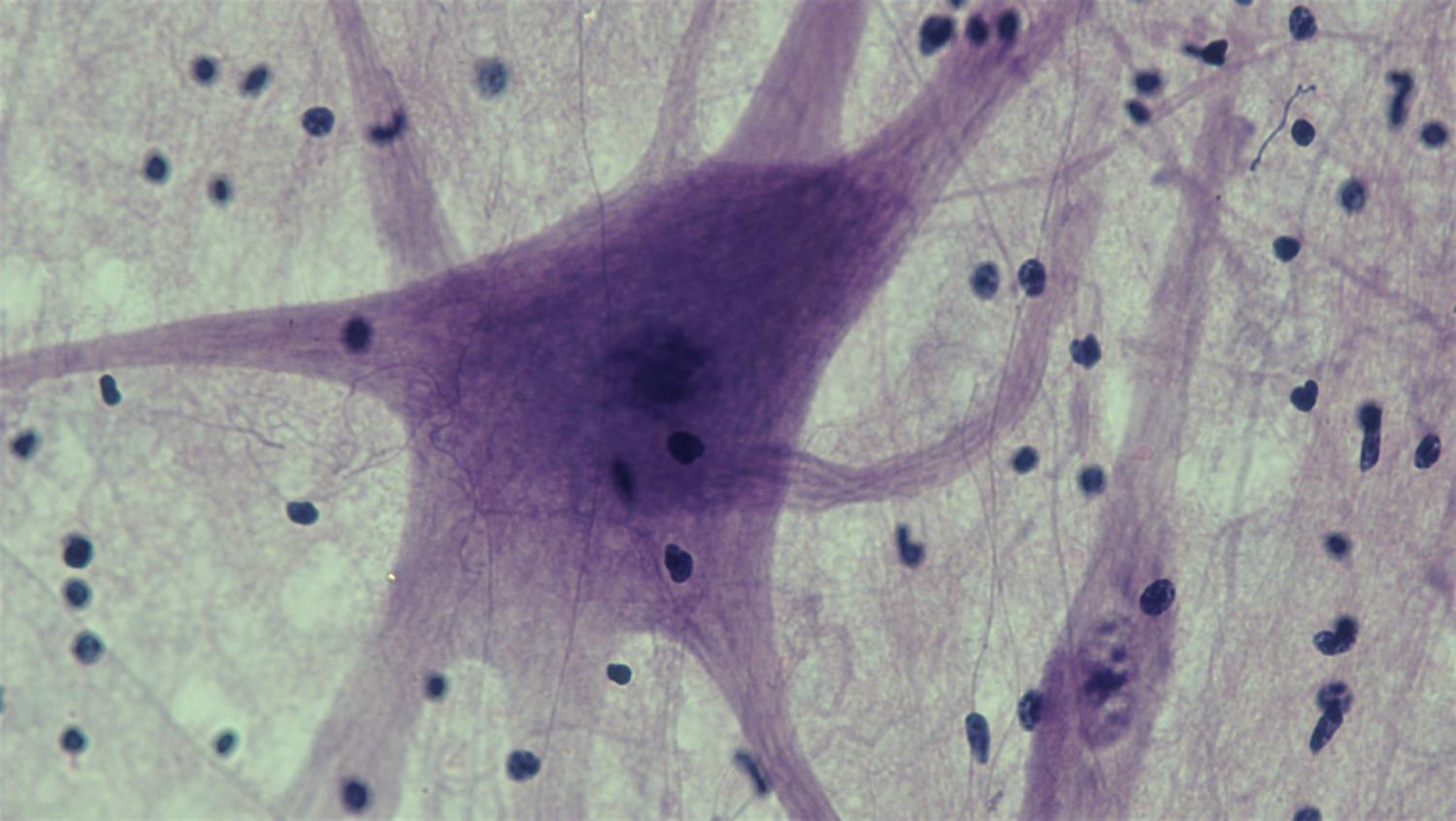ALS is an extremely heterogenous condition – no two cases are alike. Researchers have suggested many phenotypes – or different ways the disease presents and progresses – according to genetic factors, the speed of progression, or the presence of co-occurring disorders like frontotemporal dementia. One of the most common ways the population of people with ALS is stratified is by the part of the body where each individual first experiences symptoms – generally either in the head and neck, which is known as bulbar-onset ALS, or the arms or legs, which is known limb-onset ALS or spinal-onset ALS.
Limb-onset ALS is thought to be the more common form of the disease, accounting for about three quarters of ALS cases according to some studies. People experiencing limb-onset ALS will usually begin to notice weakness in one or both of the hands, shoulders, arms or legs.
Limb-onset often first manifests with difficulty performing fine motor tasks that may have once been relatively simple. In upper limb-onset ALS this could mean tasks such as buttoning a shirt or holding a pen. There is evidence that it is more common for these symptoms to start in the dominant arm – in the right arm for right-handed people, and vice-versa. For leg-onset ALS, the first signs are often difficulty walking, tripping, or slowly worsening balance.
While it usually begins in either the upper or lower limbs, this weakness will continue to spread throughout the muscles of the body as well as to the head and neck. As the disease progresses, other symptoms such as muscle stiffness (spasticity), muscle twitching (fasciculations), and muscle loss (atrophy) will arise. Eventually this progression will lead to death, most commonly through respiratory failure. The lifespan from the first symptoms is about three to five years, although in some rare cases people live 10 years or more with the disease. Limb-onset ALS, however, does tend to progress slower than the more aggressive bulbar form.
In addition to classical limb-onset ALS, there are two more subtypes of ALS known as flail-arm and flail-leg syndrome, collectively known as flail limb syndrome. Similar to more common forms of limb-onset ALS, flail limb syndrome’s symptoms begin in either the arms or the legs. However, in each case the symptoms tend to remain in the limbs where they first appeared for significantly longer than in classical ALS – continuing to progress in the arms or legs but not spreading to the rest of the body for a long period of time. There is evidence that people with flail-limb syndrome may have a relatively longer prognosis than those with either limb or bulbar-onset ALS, although the disease is still fatal.
While there are currently no cures that slow or stop disease progression, scientists at the ALS Therapy Development Institute (ALS TDI) are urgently working to find treatments for ALS. For more information about the ALS TDI’s efforts to find effective treatments for ALS, click here.
Key Take-Aways:
- Upon diagnosis, people with ALS are generally told they have either limb-onset or bulbar-onset ALS based on the part of the body where they first experienced symptoms.
- Limb-onset ALS, where symptoms begin in the arms or legs, occurs more commonly.
- Limb-onset ALS could begin with weakness in either the upper or lower limbs, but this weakness will continue to spread throughout the body as the ALS progresses.
- In addition to classical limb-onset ALS, there are two more slower progressing subtypes of ALS known as flail-arm and flail-leg syndrome, collectively known as flail limb syndrome.
- While there are currently no cures to stop disease progression, scientists at ALS TDI are urgently working to find treatments.
What Do I Do Next?
- To learn more about the signs and symptoms of ALS, click here.
- To search our database of ALS clinical trials, click here.
- For more information about the ALS TDI’s efforts to find effective treatments for ALS, click here.
